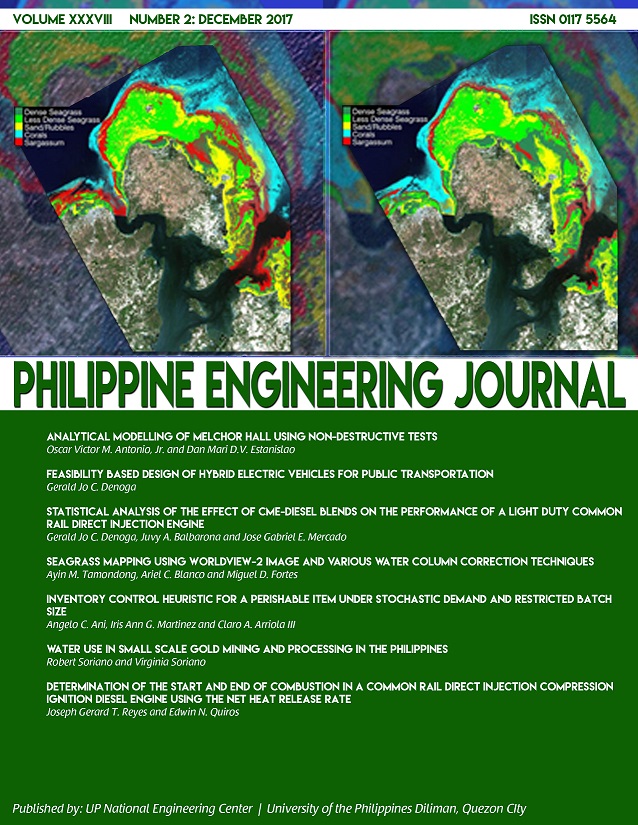Comparative Assessment of Water Column Correction Techniques for Seagrass Mapping Using Worldview-2 Image
Abstract
Benthic cover mapping has always been challenging, primarily due to the compounding effects of the overlying water column. While a number of algorithms have been developed to address these, research on the application and performance assessment of such methods to seagrass mapping using high-resolution satellite images is limited. This research dealt with seagrass mapping using WorldView-2 images with an emphasis on the evaluation of the relative performance of different water column correction methods and on the band combinations. A geometric correction was conducted using DGPS survey coordinates. Atmospheric correction was performed using the Fast Line-of-Sight Atmospheric Analysis (FLAASH) model as this produced image-derived spectra similar to field spectra. Three water column correction models were applied and compared, namely, Lyzenga’s Optical Model (LOM), Stumpf’s Ratio Model (SRM), and Simple Radiative Transfer Model (SRTM). Maximum Likelihood Classification (MLC) was used to classify the image corrected for glint and water column effects. Using LOM and SRTM, overall classification accuracies obtained were 75.50% and 87.84%, respectively. STRM yielded the highest overall accuracy at 88.30% with ML applied on Worldview-2’s coastal, green, yellow and red bands. However, the use of the coastal blue band, instead of the blue band, marginally increased the accuracy of the classification using SRTM.
Keywords—seagrass, benthic habitats, mapping, WorldView-2


